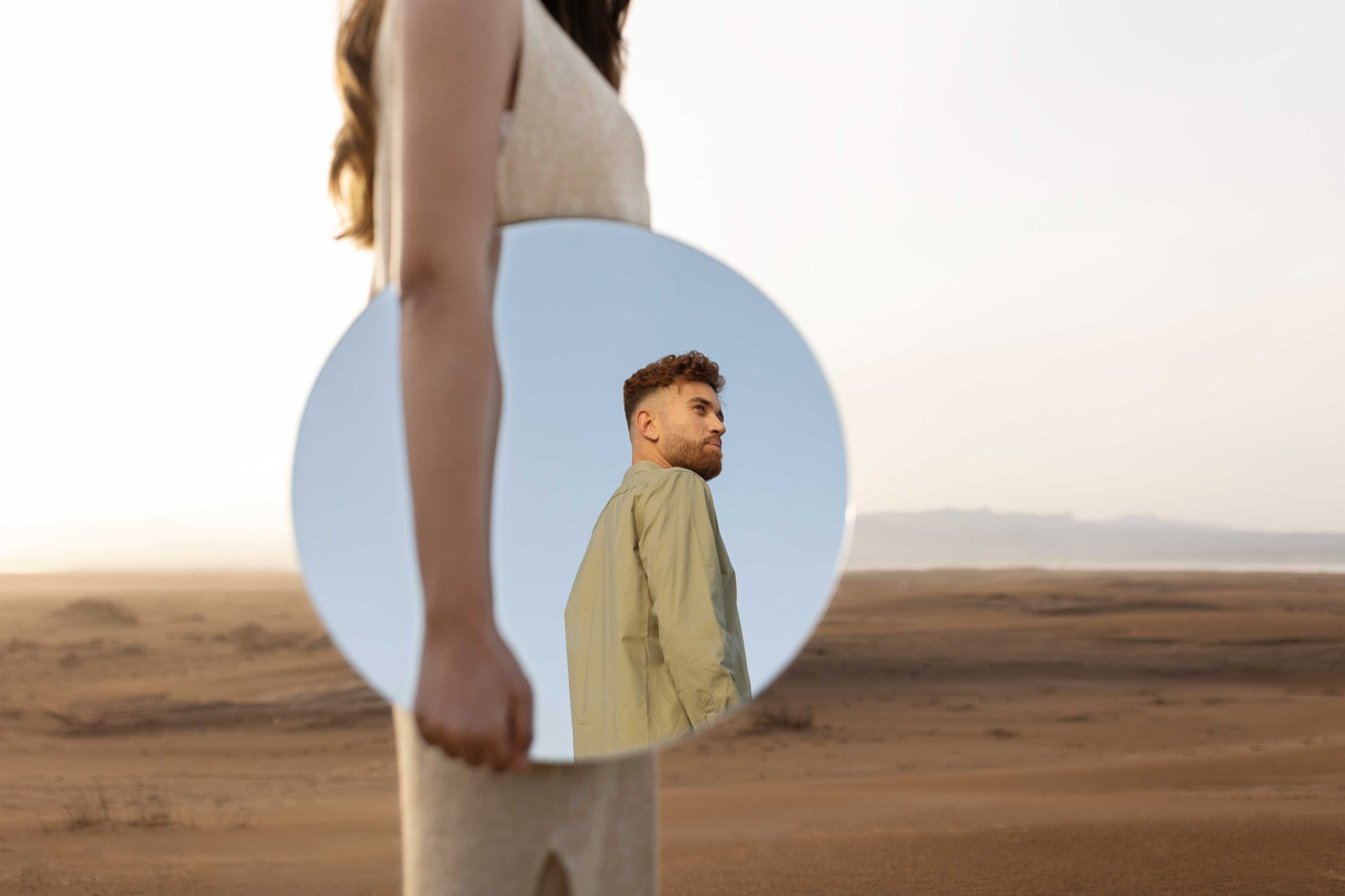Reflection photography has long been a favorite technique for photographers looking to add depth, symmetry, and intrigue to their images. Whether it’s the tranquil waters of a lake or the gleaming surface of a city building, reflections offer endless opportunities to create stunning visuals. In 2025, the appeal of reflection photography continues to grow, with new trends, technologies, and creative ideas pushing the boundaries of this artistic genre.
As an experienced photographer, I’ve explored countless ways to capture the perfect reflection.
In this blog, I’ll share some of the most exciting reflection photography ideas for 2025, offering practical tips and creative techniques you can use to elevate your work. Let’s dive into the world of reflective surfaces and how you can transform them into captivating compositions.
What is Reflection Photography?
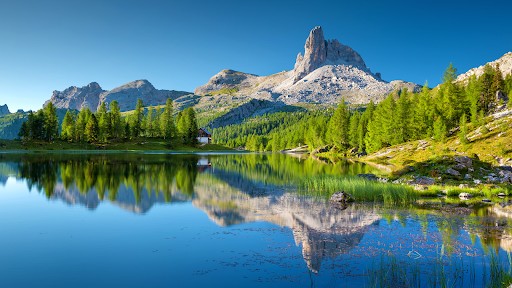
Before we dive into the creative ideas, let’s quickly define what reflection photography is all about. At its core, reflection photography captures the mirrored image of a subject in a reflective surface, such as water, glass, or metal.
These surfaces create a symmetrical, often abstract counterpart to the subject, adding an element of balance, depth, and contrast to the image. In 2025, reflection photography is more versatile than ever. Photographers are using a range of reflective surfaces and innovative techniques to push the limits of this style. From the clear, still waters of natural lakes to the shiny, urban facades of glass buildings, reflection photography allows you to see the world in a whole new way.
Reflection Photography Ideas for 2025
1. Cityscapes and Urban Reflections
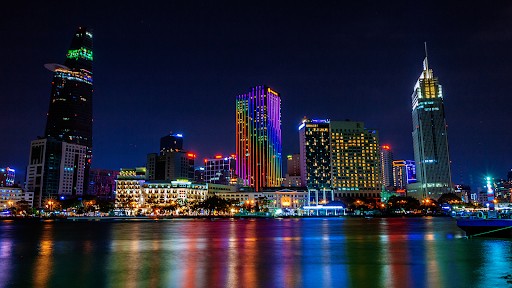
One of the most exciting trends in reflection photography for 2025 is the exploration of cityscapes through reflective surfaces. Urban environments are filled with glass windows, mirrored buildings, and even puddles that provide endless opportunities for capturing reflections.
Practical Tip: Experiment with reflections in city streets after it rains. The wet pavement creates a perfect mirror that reflects both the skyline and pedestrians.
Shooting from low angles can emphasize the mirrored symmetry and create a compelling sense of depth.
2. Water Reflections: Embrace the Calmness

Water remains one of the most popular and timeless reflective surfaces in photography. Whether it’s the calm surface of a lake, a puddle after rain, or the ocean, water reflections allow you to capture both the subject and its mirrored counterpart in a seamless, tranquil way.
Practical Tip: To achieve a perfect reflection in water, make sure the surface is still and undisturbed. Early mornings or late evenings, when the wind is calmer, provide the best conditions for clear, crisp reflections.
Avoid shooting in bright midday light, as it can cause harsh glares and distortions.
3. Reflections in Glass and Mirrors
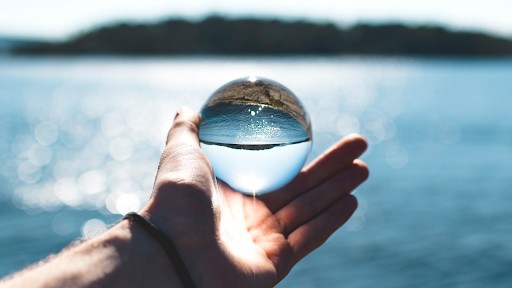
Mirrors and glass surfaces offer a unique challenge for photographers, as they not only reflect your subject but can also create additional layers of visual interest by incorporating elements from the surrounding environment.
Practical Tip: Use mirrors or glass windows creatively by shooting reflections alongside other elements. For example, you might capture the reflection of a building in a car window while also showing the street scene in the background. This layered approach adds complexity to the composition.
4. Playing with Abstract Reflections
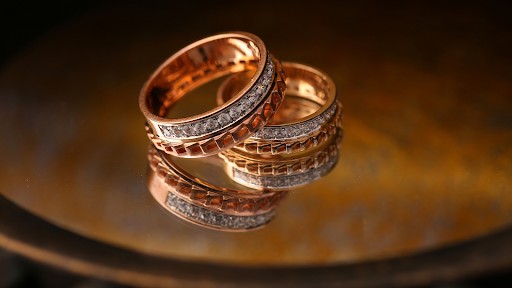
Abstract reflection photography is a growing trend, where the focus is less on capturing an exact mirror image and more on creating dynamic, visually engaging compositions. These images often feature distorted or fragmented reflections that lead to intriguing visual results.
Practical Tip: Look for reflective surfaces that are not perfectly still, such as rippling water or shiny metal.
Use a shallow depth of field to blur the reflection, adding to the abstract feel of the photo. This approach is perfect for artistic photography and conceptual works.
5. Double Exposure with Reflections
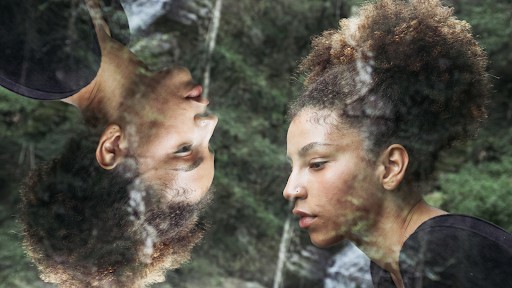
Double exposure is a technique that blends two separate images into one frame, often to create a surreal or layered effect. In 2025, photographers are increasingly combining reflection photography with double exposure to produce striking visual compositions.
Practical Tip: Take a picture of a reflection, and then combine it with another image, like a landscape or a portrait, using photo editing software.
The reflection can be used as the base layer, and the second image adds an additional dimension to the composition. This technique is excellent for storytelling or creating dreamlike imagery.
6. Reflection in Nature: Capturing Natural Beauty
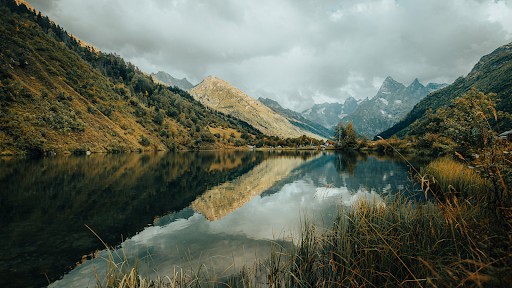
While reflections in urban settings are fascinating, nature provides a wealth of natural reflective surfaces that can create beautiful, serene photographs. Forest ponds, lakes, and rivers all offer opportunities to capture the beauty of the natural world mirrored in water.
Practical Tip: Focus on the surrounding environment, such as the colors of trees, mountains, or skies, and try to frame the shot so that the reflection complements the original subject.
When shooting landscapes, use the reflection to emphasize symmetry and harmony in nature.
7. Incorporating Movement into Reflections
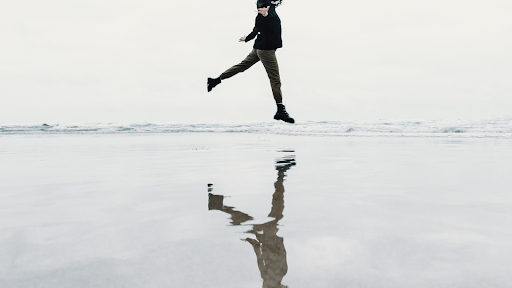
Static reflections are beautiful, but what about adding a sense of motion to the scene? Introducing movement into a reflection can create an exciting, dynamic composition.
For example, capturing a person walking along a street where the reflection ripples in a puddle can add life to the image.
Practical Tip: Use longer shutter speeds to blur the motion of people or objects in the frame. This will add a dynamic, almost painterly quality to the reflection.
Movement in the water or glass can also make for interesting, abstract effects.
Editing Tips for Reflection Photography
While capturing the perfect reflection in-camera is crucial, editing your photos can enhance the impact of your reflections. Here are a few tips to get the most out of your post-processing:
- Increase Contrast: Boosting contrast between the reflection and the subject can help make the reflection pop. This works especially well in black-and-white or high-contrast color photos.
- Sharpen Details: Reflections, especially in water, can sometimes appear soft or blurry. Enhance the sharpness of the reflection in post-processing to ensure it complements the original subject.
- Use Gradient Filters: If shooting in harsh light, use a gradient filter to darken the sky or surrounding areas. This helps to balance the exposure between the reflection and the subject.
The Future of Reflection Photography in 2025
Reflection photography continues to be one of the most captivating and versatile genres in photography, offering endless opportunities for creativity and innovation. Whether you’re capturing serene landscapes, urban reflections, or abstract compositions, the key to great reflection photography lies in understanding your surroundings, experimenting with angles, and embracing new techniques.
As we move into 2025, reflection photography is evolving with new tools, trends, and ideas. By embracing these creative approaches and staying open to experimentation, you can capture the beauty of the world reflected back to us—both literally and artistically. So grab your camera, find a reflective surface, and start creating stunning reflection photographs that will stand out in 2025 and beyond.
FAQs
How do you create the best reflection in photography?
To capture the best reflection, look for still water, clear glass, or shiny surfaces. Ensure there’s minimal distortion, and shoot from a low angle to emphasize symmetry and balance.
Can reflection photography be used for portraits?
Absolutely! Using reflections in windows or mirrors can create dramatic, artistic portraiture that adds depth and interest to your photos.
What is the best time to shoot reflection photography?
Golden hour—shortly after sunrise or before sunset—provides soft, warm lighting that enhances the reflections and reduces harsh contrasts.

